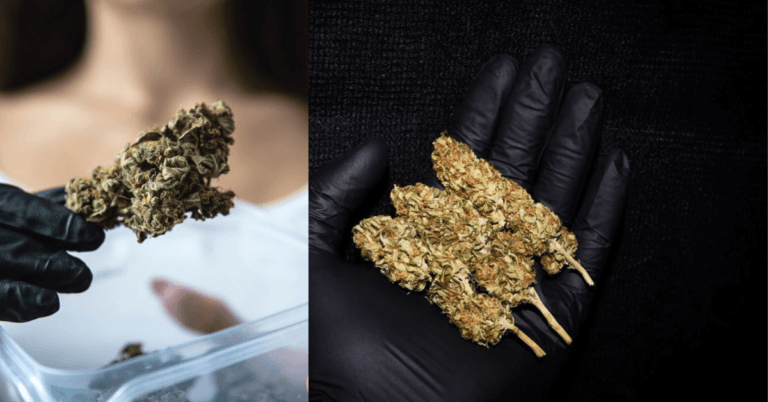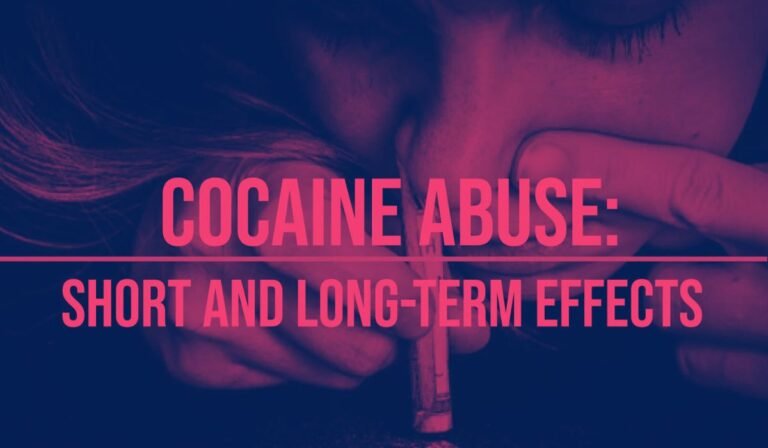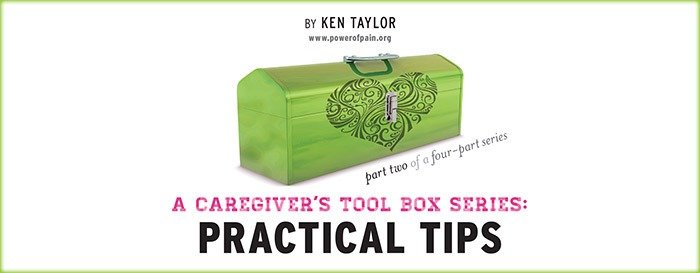Brian Vickers

It’s a steamy summer afternoon in North Carolina. While racecars roar and whip around the track, NASCAR driver Brian Vickers takes a break to talk about the health scare that sidelined his career in 2010. Today’s qualifying race is important, but to this driver, so is raising awareness about the condition that could have taken his life.
“Everything is fine and back to normal now, and I feel great,” Vickers says. “But last year was tough.”
A member of the Red Bull racing team and driver of #83, Vickers completed his 200th Sprint Cup start before his 26th birthday, making him the youngest driver ever to accomplish the feat. His racing future looked bright, but in May 2010, while enjoying a rare weekend off, Vickers’ life took an unexpected detour.
A NIGHT IN THE ER
“I was in Washington DC visiting a friend and planning to go to Walter Reed Hospital to see the troops and spend some time with the guys that we appreciate so much before the race in Dover,” Vickers recalls. “Unfortunately, I ended up in Washington Hospital Center rather than Walter Reed.”
After spending the day touring DC memorials, Vickers had turned in for the night. He began having chest pains and experiencing difficulty breathing, but he decided to go back to sleep and see how he felt in the morning.
“Being 26 years old, I thought I was invincible, so I just went back to sleep, brushed it off,” Vickers says. “The next day, I was walking around the capitol, visiting the Washington Monument and having lunch with a friend, and I started to get a little worse. I called two doctors in Charlotte, and one of them convinced me to go to the emergency room. I thought it was overkill, but he said, ‘Just go to the emergency room, do this for me, get a CT scan.’ I said okay and went.”
Vickers says that the pain worsened when he stretched out on a bed in the emergency room. After hearing Vickers’ symptoms, the doctor on duty ordered a CT scan, and the images showed blood clots in both of the race driver’s lungs as well as his left leg.
“They immediately started me on [blood thinners] Lovenox, heparin, and Coumadin — pretty standard stuff,” Vickers explains. “The Lovenox is the bridge until the Coumadin kicks in, which takes some time.”
Vickers was eventually released and given clearance to fly to North Carolina. After he returned home, additional scans showed that he also had a clot in his left hand, a discovery that led to more tests. Doctors determined that there was a hole between the right and left atrium of Vickers’ heart and that he had May-Thurner syndrome, a rare condition that puts a patient at risk for more blood clots and possible stroke. Once diagnosed, Vickers tackled his treatment with the same intensity he relies on when racing. Within weeks he had surgery to repair the hole in his heart and to place a stent in his left leg.
“My choices were to undergo the heart surgery, or not close [the hole] and run the risk of having a stroke,” he explained shortly after his surgery. For Vickers, surgery was the obvious choice.
BACK ON THE TRACK
Vickers recovered quickly and set his sights on returning to the track for the 2011 season. He resumed a rigorous fitness routine, made his seventh Daytona 500 start and began thinking about how he could help others by sharing his experience.
“Most people are surprised to learn about the level of physical fitness that is required in racing,” says Vickers. “They associate driving a racecar with driving down the highway, but it’s not the same at all. You can easily lose five to ten pounds during a race — I’ve even lost as much as 16 pounds in one race — and you need to stay in good physical condition.
“I’m an active guy, and I do a lot of different things to stay in shape,” he continues. “I swim, rock climb, skydive. I do cardio exercises and lift weights — pretty much anything you can think of to stay fit.”
In addition to crashes, other dangers on the track eventually become an accepted part of a driver’s profession, Vickers says. He explains that while racing he has been knocked unconscious, cracked ribs, and torn his shoulder, but adds that he considers himself lucky to have avoided permanent injuries.
“I’ve had some bad crashes, but none in particular that stand out,” Vickers says. “In a crash, there are various injuries, and a lot of scenarios where pain is involved.
“Some guys have a lot of back pain from sitting in the same position for long periods, and the cars get really hot, so it’s easy to get burned,” continues Vickers. “But ideally, there shouldn’t be any pain day to day.”
EDUCATING PEOPLE ABOUT BLOOD CLOTS
After learning that he had blood clots, Vickers began working with Clot Connect, an education and outreach project led by the University of North Carolina at Chapel Hill’s Blood Clot Outreach Program. The mission of the program is “to increase knowledge of blood clots and clotting disorder by developing educational and support programs for patients and health care professionals,” and Vickers was eager to help. In June, he participated in the 2011 Prelude to the Dream, a dirt-track race where drivers compete for charity instead of for points and winnings. The event was televised nationally on HBO pay-per-view, and for the event, Vickers wrapped his car with the Clot Connect logo and web address.
“Clotting is the second leading killer in America, more common than people know,” says Vickers. “But most of the time, a clot is not a sudden event. Normally, there is a time period of pain or swelling, maybe in the legs, and Clot Connect is about raising awareness of the signs and symptoms. I had my symptoms for a couple of weeks, and even after the numbness in my fingers started, I put off going to the doctor much longer than I should have.”
LIFE LESSONS
Over the course of his recuperation, Vickers visited favorite places like Jackson Hole, Wyoming, and Aspen, Colorado. He spent many hours thinking about how events had transpired, deciding to make the best of a scary situation.
“For me, it was a very difficult experience because there was so much uncertainty, both on a personal and a professional level,” Vickers says. “Looking back, I learned a lot, and I’m thankful for that. When you’re going through some difficulty, it’s easy to find what’s wrong, but instead, you have to try to find what’s right.
“It all started with shortness of breath, and then that turned into pain,” Vickers continues, recalling the initial signs of his condition. “And that’s why I tell the story: if you recognize the symptoms, there is usually plenty of time to get help. If it can happen to me, it can happen to anybody. I could have died, but I got lucky. And most importantly, if you think something is wrong, don’t take chances. Get it checked out.” {PP}
PainPathways Magazine
PainPathways is the first, only and ultimate pain magazine. First published in spring 2008, PainPathways is the culmination of the vision of Richard L. Rauck, MD, to provide a shared resource for people living with and caring for others in pain. This quarterly resource not only provides in-depth information on current treatments, therapies and research studies but also connects people who live with pain, both personally and professionally.
View All By PainPathways






